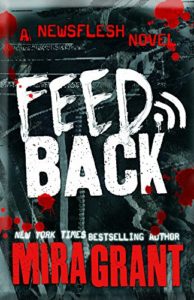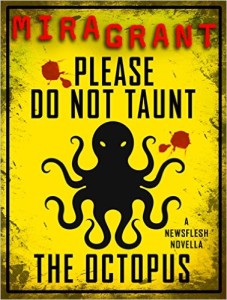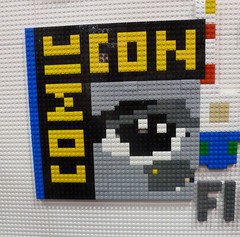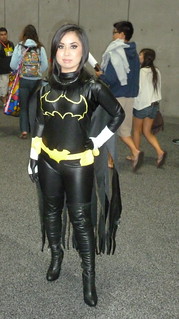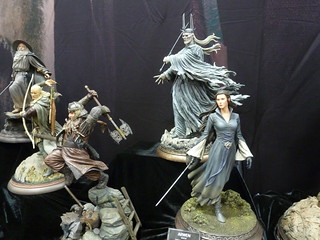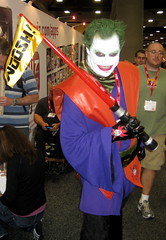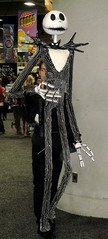While reading Feedback, it occurred to me that Mira Grant’s Newsflesh series features the worst-case scenario of zombie design, and yet humanity survives with civilization mostly intact. That’s impressively optimistic.
I mean, look at the parameters of how zombies work in this setting:
Everyone who dies becomes a zombie, regardless of whether they’ve ever been near a zombie. This is fairly common, but there are settings where you can keep zombies out with a quarantine. Not this one.
Direct contact with a zombie is extremely contagious. Bites and scratches, sure, but imagine a zombie with late-stage Ebola. (A modified Marburg is one of the component viruses). Zombie drool landing on an open wound can convert you. The blood spatter from the zombie you’re shooting can get in your eye and convert you. The body of the zombie you just killed, lying on the ground motionless, is still a high-level biohazard that can convert you.
Anyone who goes out in the field must go through decontamination when they return. Showers include a standard bleach cycle and won’t let you out until it’s done. Outbreak sites have to be hosed down with bleach, burned, or simply condemned.
Any blood that’s been outside the body long enough will trigger conversion on exposure, even if the person isn’t a zombie. Even your own blood.
Sometimes people spontaneously convert. It’s not common, but it’s been known to happen.
The newly-infected can be as fast as a normal person before their body starts decaying. (Yep, fast zombies and slow zombies in the same ‘verse.)
Any large mammal can become a zombie. Dogs. Raccoons. Horses. Bears. Cows. Red meat is now a biohazard.
Mobs of zombies can plan ambushes. Enough zombies together exhibit just enough rudimentary intelligence to set a trap. Even across species.
There’s a really scary twist in the virus’ transmissibility late in the second novel that I won’t spoil.
The only factor that isn’t maxed-out is their indestructibility. A zombie in the middle of the desert or at the bottom of the ocean will eventually starve.
Eventually.
And yet humanity survives the Rising and is able to rebuild civilization in many — not all, but many — parts of the world.
That’s…well, that’s kind of inspiring.
